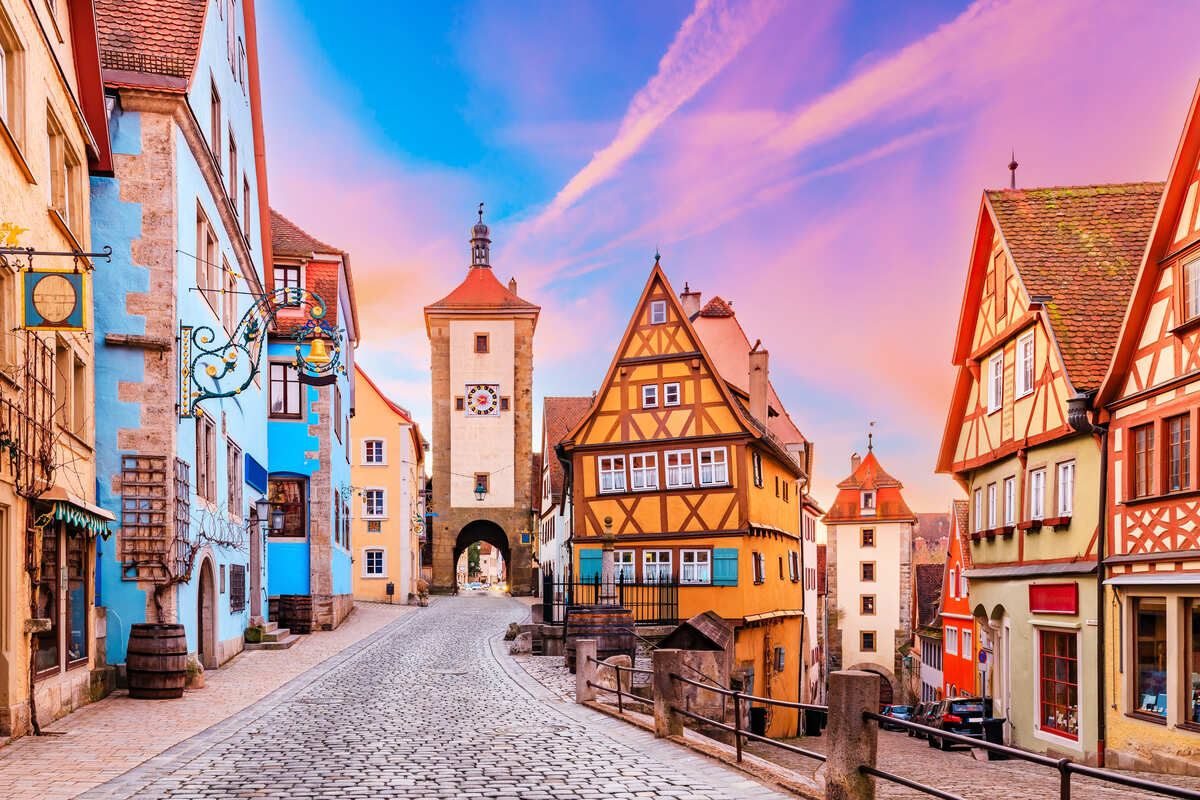For a savvy American traveler, choosing the “best” airport isn’t just about which one is closest to your house. The real power move is knowing which airports are the most connected. A highly connected airport means more airlines, more competition, and, most importantly for your wallet, cheaper flights and easier one-stop routes to almost anywhere in the world.


But “most connected” isn’t just about size. It’s a complex mix of how many destinations an airport serves, how many airlines fly from it, and the sheer number of possible connections it can handle.
Here at Travel Off Path, we’re all about giving you the real, data-driven intel to travel smarter. We’ve done a deep dive into the latest 2025 data from official sources including the OAG (Official Airline Guide) and Airports Council International (ACI). We cross-referenced these public industry reports with official airport passenger statistics to rank the 5 most powerful hubs for American travelers in 2026.
Chicago O’Hare (ORD): The King of Connections
When it comes to sheer domestic power, O’Hare is the king. Based on OAG’s recent “Megahubs” reports, ORD is the #1 most connected airport in the entire United States. While London Heathrow holds the top spot globally, O’Hare is the undisputed champion of North America.


What This Means For You: As a massive fortress hub for both United and American Airlines, O’Hare’s power is in its unparalleled number of possible flight connections. This is why you can almost always find a one-stop flight from your small hometown to anywhere in the world through Chicago. Its massive domestic network makes it one of the most reliable and efficient hubs for cross-country travel.
Dallas/Fort Worth (DFW): The Destination Champion
While Chicago wins on sheer connection volume, DFW often wins the prize for most unique nonstop destinations. As American Airlines’ largest and most important fortress hub, DFW’s reach is simply enormous, with recent data showing it serves a staggering 270 destinations.


What This Means For You: DFW is the airport you check when you’re trying to get somewhere obscure without a layover. Its powerful network connects you to everywhere from small U.S. towns to major global capitals like Rome, Dublin, and Tokyo. If you’re wondering, “Is there a nonstop flight to that place?” DFW is often the answer.
Atlanta (ATL): The Busiest Hub On Earth
Atlanta’s power comes from one thing: pure, unadulterated passenger volume. Hartsfield-Jackson (ATL) remains the busiest airport on the planet, serving as the dominant super-hub for Delta Air Lines.


What This Means For You: More passengers mean more flights. ATL’s domestic network is so vast that it can connect you to nearly every corner of the United States, often with multiple flight options per day. This high frequency and massive volume of seats keep prices competitive, especially for travel to the Southeast, the Caribbean, and Latin America, where Delta has a massive presence.
New York (JFK): The Global Gateway
This is the undisputed #1 international gateway for Americans. While other airports on this list are domestic powerhouses, JFK’s strength is its unparalleled global reach.


What This Means For You: JFK offers more nonstop international destinations and serves more unique international airlines than any other airport in the country. This is where you find those coveted nonstop flights to far-flung destinations in Africa, the Middle East, and Asia that you can’t get from anywhere else. The sheer number of competing global carriers (like Emirates, Singapore, Air France, and Lufthansa) makes it one of the best airports for finding deals on long-haul flights.
Los Angeles (LAX): The Gateway to the Pacific
Just as JFK is the king of transatlantic travel, LAX is the primary transpacific gateway for the entire United States. Its power comes from its unmatched number of nonstop connections to Asia, Oceania, and Latin America.


What This Means For You: LAX is your best bet for scoring nonstop flights to places like Tokyo, Seoul, Sydney, and Fiji. It’s a critical, high-volume international hub for almost every major global airline, and that competition is what helps keep prices down on some of the longest flights in the world. Its massive domestic network also makes it an easy one-stop connection for travelers all over the country looking to head to the Pacific.
America’s 5 Most Connected Airports
What makes an airport a true “megahub”? Click on each airport below to reveal the data-backed stat that makes it a powerhouse for travelers.
#1 U.S. Megahub: O’Hare is the most connected airport in North America, offering an unparalleled number of possible flight connections.
The Destination Champion: DFW often leads all U.S. airports with the highest number of unique nonstop destinations, serving over 270 routes.
Busiest on Earth: ATL’s power comes from sheer volume. As the world’s busiest airport, its massive domestic network keeps flights frequent and prices competitive.
#1 International Gateway: JFK is the undisputed U.S. leader for global travel, offering more nonstop *international* destinations than any other airport in the country.
The Transpacific Hub: LAX is the primary gateway to Asia and Oceania, offering an unmatched number of nonstop connections across the Pacific.
Before your trip, check the latest official travel advisories and entry requirements for any international travel, be sure to use our 1 Minute Trip Check.
The Travel Off Path Advantage: Your Travel Toolkit
Subscribe To Our Latest Posts
Enter your email address to subscribe to Travel Off Path’s latest breaking travel news, straight to your inbox.


